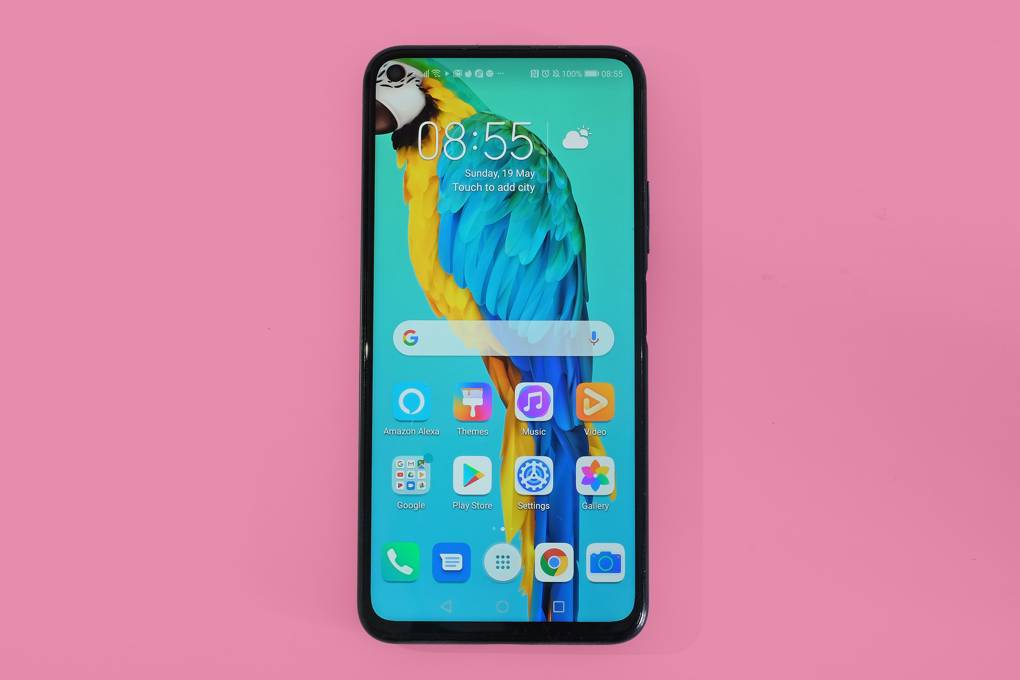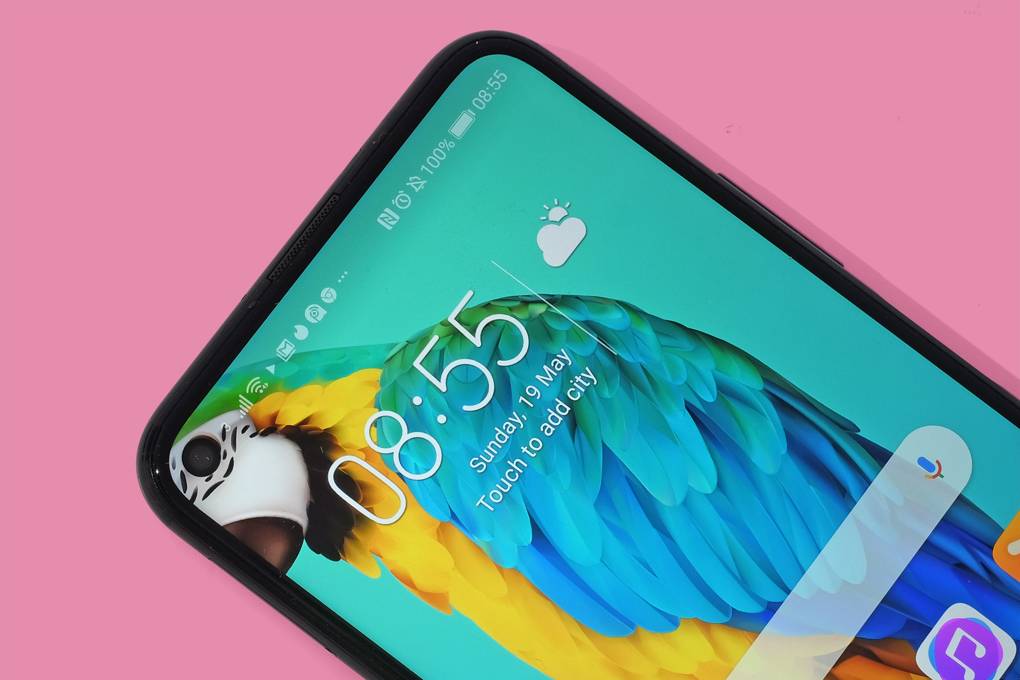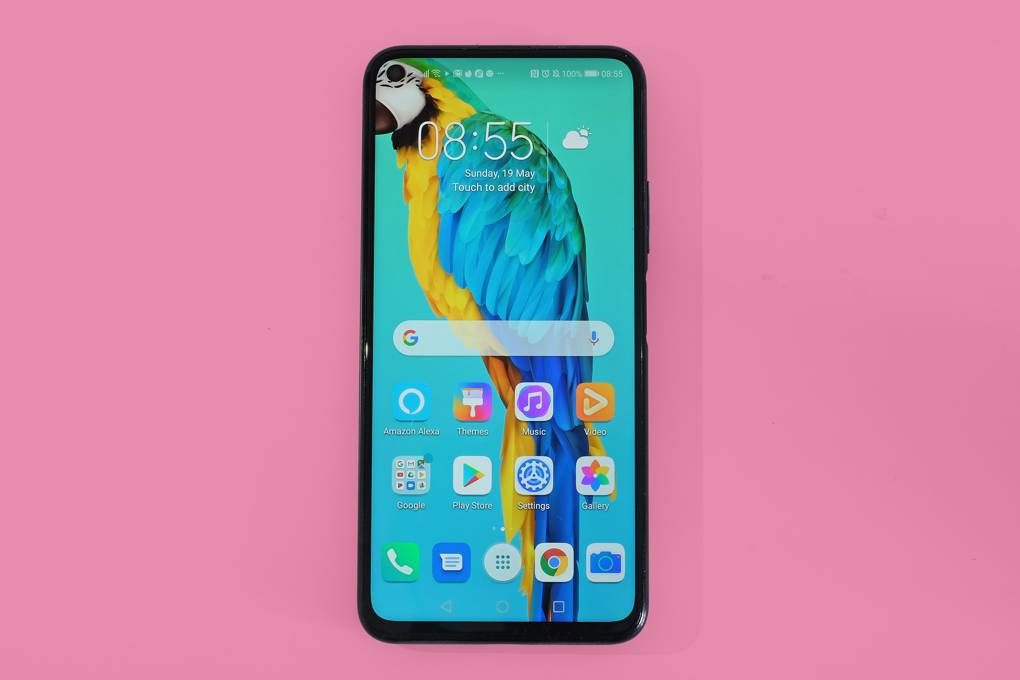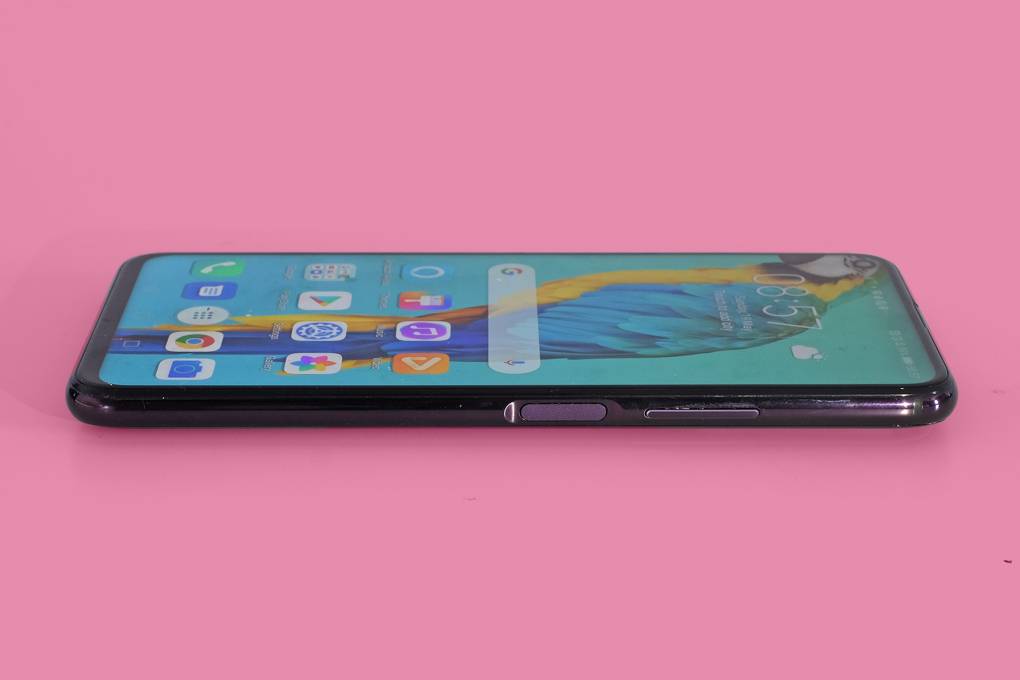-17%
-31%
-62%
-63%
FREE WORLDWIDE DELIVERY | 30 DAYS RETURN POLICY | mONEY BACK GUARANTEED


Honor is desperate to please. It begs you to like its phones. This is what a brand most people hadn’t heard of until fairly recently needs to do.
The Honor 20 Pro is its first lead model for 2019. It’s too close in time, specs and price to the Honor View 20, and on occasion Honor’s attempts to impress taste sour. But like the best Honor phones, the €599 Honor 20 Pro is one of the top buys in its class and alongside it, Honor also announced the €499 Honor 20, a similar phone with a simplified camera array and plainer finish. The Honor 20 will be £399 in the UK, but there's no UK pricing for the Pro model as yet.
But should you buy either? For all it’s strengths we can’t recommend the Honor 20 Pro following the news of sister brand’s Huawei’s Android excommunication. Until that’s cleared up, stay away as it could mean the Honor 20 Pro receives no updates, and may even lose access to Google services as important as Gmail
The Honor 20 Pro’s predecessor was the View 20, the first phone with a punch hole display. Honor needs novelties like this because it doesn’t have as much brand cred as Huawei, Samsung or Apple, and uses new tech to draw attention.
The Honor 20 Pro has two little tech extras not seen elsewhere, but they are subtler than a fresh screen shape. It has an extremely wide aperture f/1.4 lens, the widest we’ve seen, and a dedicated macro camera. This brings its rear camera total to four, in one of the most transparent cases of tech Top Trumps seen in a while.
Here’s the problem. There is an awful lot to like about the Honor 20 Pro, but these two new elements are in fact its main problems.
First, let's look at the f/1.4 lens. The wider a lens aperture, the more light it lets in. However, it also demands larger lens elements of higher quality. Optical aberrations are trickier to correct the wider the aperture becomes, even with tiny phone lenses.
The Honor 20 Pro’s main lens performs just fine in about all the situations other than those in which a wide aperture is most useful, at night. It is very prone to low-light lens flare. Take a “long exposure” image of a city scene and street lights often look as if they are leaking plasma into the night sky.
This may be why other manufacturers have not used this particular f/1.4 lens to date: it's optically “unstable”.
The Honor 20 Pro’s macro camera is largely a waste of time too. It has a fixed focus lens with a focal point around 4cm from the phone’s back. But the sensor is a two megapixel chip that would barely cut it as the selfie camera in a cheap phone.
A good macro photo contains lots of fine close-up detail you can’t appreciate with the naked eye: the capillaries of a leaf, the rust patina of an old gate or the clumped pollen of a flower’s stamen. This macro camera cannot produce a good account of any of it.
There are other problems too. The macro mode is an afterthought in the Honor 20 Pro’s camera app. And it’s not easy enough to tell when the image is in focus.
What does this show? The f/1.4 lens and macro camera are there to look good on paper. Their actual results are secondary considerations.

This paints a pretty poor image of the Honor 20 Pro, a cynical one. However, they are extras in an otherwise great phone.
It is as powerful as the Huawei P30 Pro. A 6.26-inch punch hole screen fills out its front without motorised elements you’ll quietly worry will die in six months.
Display colour is too vivid fresh out of the box, but switch to the “normal” mode in Settings and it looks near-perfect. It’s sharp, bright, and reacts to changes in ambient lighting far quicker than the OnePlus Seven Pro or Asus' new ZenFone 6.
The Honor 20 Pro’s finish is also less garish than that of many Honor phones. It is (mostly) flat glass on the front, curved Gorilla Glass on the back, and colour-matched aluminium between.
Honor has also been playing with a new “triple 3D mesh” finish. Dark purple at the edges gives way to brighter purple in the centre. When the Honor 20 Pro catches the light, you see a metallic sheen that seems to emit from inside the finish, rather than on its surface. It is bold and eye-catching, but less polarising than the bright chevrons of the View 20.
Honor has also switched to a side finger scanner rather than the rear-mounted style it has almost always favoured. This one is well-designed, with an ergonomic indent, and is faster to react than almost all in-screen readers. Sometimes “older” tech just works better.
This phone also offers the excellent battery life of the top Huawei phones. The Honor 20 Pro has a 4,000mAh battery. It lasts a full day of fairly heavy use. Or very near to two days of lesser use, which we’ve managed over a weekend.
You don’t have to worry about how much you use your phone. That is a huge benefit. There’s no wireless charging here, but it’s one of the predictable sacrifices of a “mid-range” phone like this. Others include a single speaker that isn’t as loud or thick-sounding as the best, and no water resistance rating.

The Honor 20 Pro’s camera housing sticks out too far. It’s the one obvious design criticism. This invites scratches, scrapes and dust, dandruff, pollen, sand, hair shavings. Probably the odd Higgs Boson if you look close enough.
Forgive the Honor 20 Pro’s little annoyances and shallow attention-grabbing parts, and you realise it’s effectively a triple camera version of the View 20, though. That phone had a mostly useless ToF camera. This one has a mostly useless macro. But it also has very useful 3x zoom and ultra-wide cameras.
We used the camera during a weekend spent wandering around Valencia, and found it strongly reminiscent of the Huawei P30 Pro. Some of that phone’s most impressive parts are here, just a little dulled.
The Honor 20 Pro takes 12-megapixel photos as standard, but can capture just about the most detailed 48-megapixel images we’ve seen from the Sony IMX586 sensor. You’ll now find this in a wide array of 2019 phones, from the £279 Motorola One Vision to the £649 OnePlus Seven Pro. They’re not as good as the P30 Pro’s 40-megapixel shots. That a more expensive phone has better hardware is no surprise, though.
It has an eight-megapixel 3x zoom rather than a 5x one too. But the extra detail it offers is real, and an easy camera app shortcut extends it to 5x, using digital assistance, if you don’t mind a little zoom furze.
The expertise Honor gains from all the R&D Huawei put into camera processing and UX is clear here. It has the “long exposure” mode that shoots OnePlus and Asus-beating images at night (lens flare aside), and you can use it with both the zoom and wide cameras. The OnePlus Seven Pro doesn’t let you do that.
Its Aperture mode, which blurs out of the background, is incredibly versatile. It doesn’t care where your subject is, and the results are often alluring even when the scene’s complexity exceeds the Honor 20 Pro’s depth tracking skill.
It’s a photographer’s toybox, just like the Huawei P30 Pro. And, again, exposure is the only recurring annoyance aside from the slightly over-keen smoothing and contrast-boosting of standard 12-megapixel images.
Nature images often benefit from an exposure reduction of -1.5 to -2 EV, a huge brightness drop. The Honor 20 Pro likes bright photos. Almost all phone cameras do, this one just a little more than most.
The 20 Pro should have marked a great 2019 milestone for Honor. Yes, its most distinct extras are not useful, but almost every phone in this class from second-tier manufacturer has try-hard quirks. A questionable macro camera is less likely to backfire than a motorised one.
Strip out the parts designed to attract attention and the Honor 20 Pro should be a sure-fire hit. Its screen is bold, battery life is excellent, and the main three cameras are a joy to use.
This phone is sunk, though. The prospect of losing access to Android updates, and perhaps even core Google services, is enough to make us recommend any phone but this one. Honor is a victim of the political battle over Huawei’s contentious involvement in 5G infrastructure, and so far in-substantiated claims of spying and IP theft.
This is something of a consumer tech tragedy, particularly from a brand that tries to impress with its tech and designs rather than the weight of the name stamped on its back.
10% OFF & FREE DELIVEREY